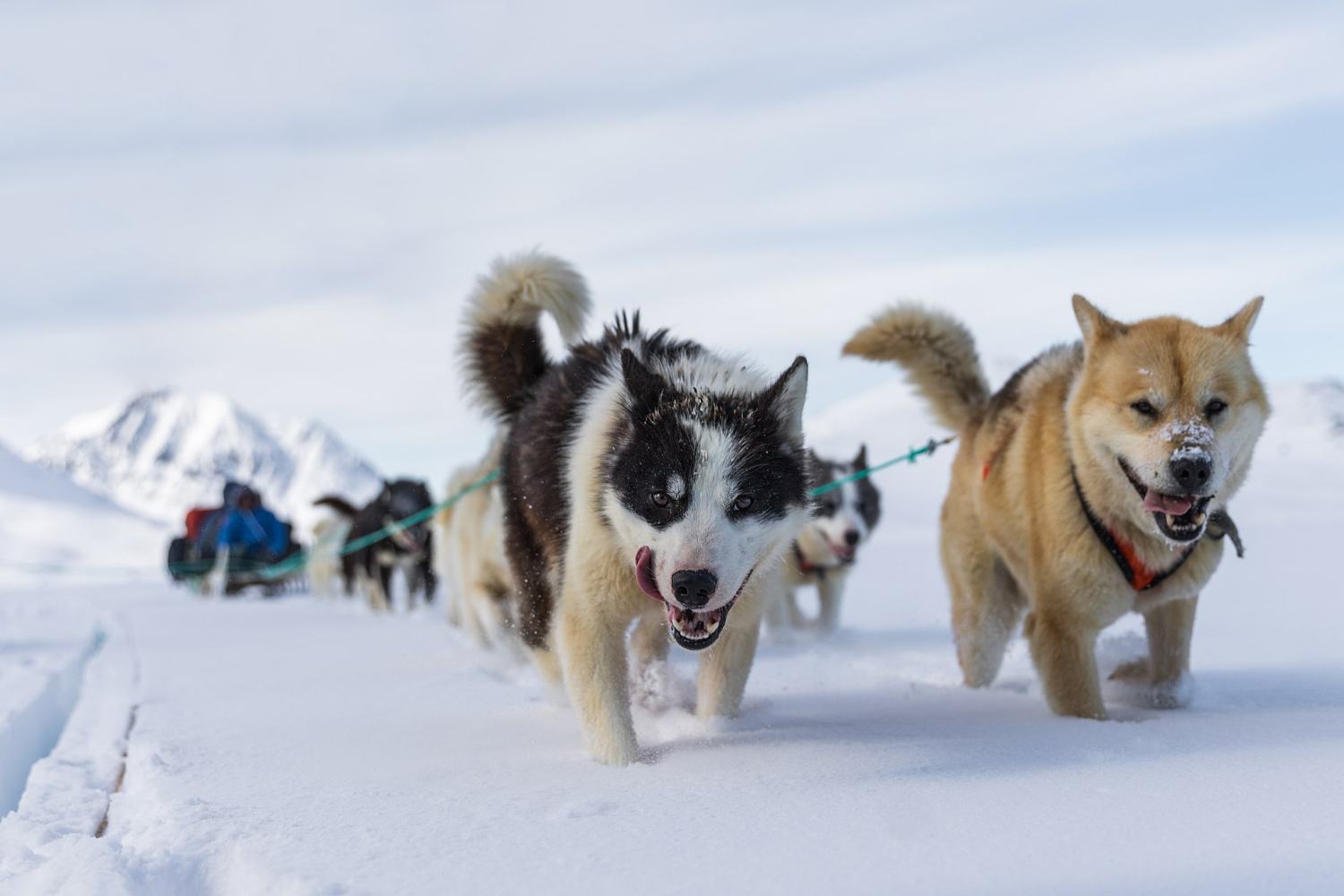Greenland’s Qimmeq is the world’s oldest dog breed, genetically unchanged for 10,000 years. Its decline threatens a living link to Arctic history.

@Markus Trienke/Wikipedia
In the unforgiving vastness of the Arctic, where life bends but does not break, one dog breed has defied both time and climate: the Qimmeq, or Greenland Dog. Recent genetic research reveals that it may be the oldest dog breed on Earth, its lineage stretching back approximately 10,000 years to ancient Siberia. In other words, when humans were just learning to shape stone tools into something more refined, the Qimmeq was already at our side.
The Inuit’s four-legged partner, not follower
The Qimmeq isn’t your average sled dog. Unlike modern breeds that have been fine-tuned — or overbred — by centuries of human intervention, the Qimmeq has stayed stubbornly, beautifully unchanged. For over a thousand years, it has walked (and pulled) alongside the Inuit peoples, not as a domesticated pet but as a hunting partner and survival ally.
These dogs sniff out seals beneath the ice, haul sleds across hostile terrain, and never truly became pets in the modern sense. They’re workers. Unyielding, cold-adapted, and genetically pure, especially when compared to their more hybrid cousins like the Alaskan husky. You could say the Qimmeq is less of a breed and more of a biological heirloom.
DNA stories older than history books
By analyzing the DNA of nearly 100 Greenland Dogs — some modern, some ancient — researchers uncovered clues about human migration across the Arctic over the past millennium. It turns out that the genes of the Qimmeq are better storytellers than many surviving documents.
The dogs revealed genetic footprints of Inuit communities that no longer exist, their presence etched into four major genetic clusters that correspond to the north, east, west, and northeast regions of Greenland. These clusters mirror how human populations moved and settled, turning the Qimmeq into a kind of archaeological map on four legs.
Endangered by modernity
Despite their endurance, Qimmeq numbers have been in steep decline. In 2002, there were 25,000 of them. By 2020, only 13,000 remained. That’s nearly a 50% drop in under two decades.
The culprits are sadly predictable: climate change, with shorter winters and melting hunting grounds, has disrupted traditional Inuit life. But it’s also a matter of technology. Snowmobiles are replacing sled dogs — no feeding, no resting, no barking. Just speed. But in that swap, something essentially human is being lost.
Not wolves, not hybrids — just Qimmeq
It’s tempting to imagine that the Qimmeq, with its wild stare and Arctic coat, might be part wolf. But genetic studies tell a different story. Contrary to popular belief, the breed shows no significant wolf ancestry and no traces of European dog breeds. Its long-standing genetic isolation makes it not only scientifically remarkable but culturally irreplaceable.
To protect the Qimmeq is to preserve a living strand of human history. These aren’t just dogs. They are witnesses — to migration, to survival, to a time when the line between man and nature was not a boundary, but a bond.
Source: Science
